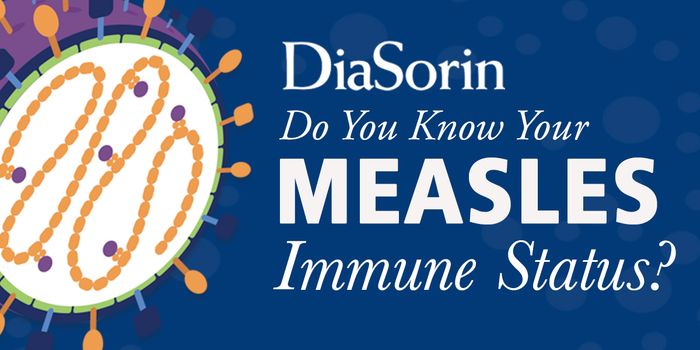How and Why We Have Allergic Reactions
Allergies are the 6th leading cause of chronic illness in the U.S. and have increased in incidence by an estimated 50% over the past 20 years. There are several theories as to why allergies have been steadily increasing, and why there are so many different ones.
Even though a person can be allergic to just about anything, there are only 8 foods that account for an estimated 90% of all food-related allergic reactions. Foods such as peanuts and shellfish are widely known to cause severe and potentially fatal allergic reactions, where allergies to wheat and soy tend to produce milder effects.
In considering the cause of allergic reactions, it all stems from the immune system just messing up. If the immune system mistakenly designs a certain antibody type in response to exposure of a specific food or allergen, the next time the body is exposed, an allergic reaction is launched as if the allergen were a foreign pathogen. Here, we discuss common allergens, what happens biologically, and what to do about it…
"Copy + Paste" the code below to embed this infographic into your website.









